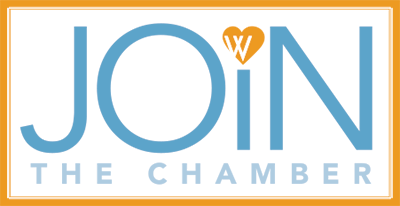By Darnell Dunn, Director of Business Recruitment, Worcester Regional Chamber of Commerce
A 2021 report by McKinsey & Company estimated that Massachusetts needs to produce an average of 57 new homes per municipality for a total of 20,000 homes throughout the Commonwealth per year this decade to match projected housing demand. Rising interest rates, increased construction costs, and prolonged economic uncertainty coming out of the COVID-19 pandemic have combined to slow the pace of housing starts in Massachusetts to a crawl. According to the U.S. Census Bureau’s Building Permit Survey, through the first half of 2023, Massachusetts is on pace to create 12,400 housing units statewide, 30 percent below the same period last year.
Between proposed projects such as the Madison Properties developments, Boston Capital’s Table Talk Lofts, Wood Partner’s Alta Seven Hills, and Churchill James’ The Cove, the City of Worcester has close to 1,500 new housing units on track to be delivered in 2024. A worthy effort but well below the approximate 3,450 units the city would need to create its proportional share of the Commonwealth’s total. To continue to close the housing gap in the Commonwealth’s second-largest city, we need to find creative ways to identify sites that can maximize density, support walkability, and ultimately, improve housing affordability.
Many of our readers may be familiar with the West Side Artery concept plan; a study conducted by local Architect Steve Mita on behalf of The Worcester Regional Chamber of Commerce that was written about by my colleague Michael Kane in the last issue of the Chamber Exchange. Each of the four nodes along the artery referenced in the study contains several surface parking fields that offer compelling prospects for infill development for three key constituents: prospective residential real estate developers, local area business owners, and abutters. Large undeveloped parcels in the urban core of the city allow developers to tie into existing water, sewer, and utility infrastructure which have the potential to limit the scope of the site work needed to prepare a given parcel for construction thereby compressing the time between when a shovel goes into the ground and that recent college grad, essential service worker, or young family gets to move into their new home.
All things being equal, compressing the time between property acquisition and cash flow generation, better positions a developer to compete for the capital needed to fund a given project. At a time when risks of ground-up construction are elevated, commercial banks, private lenders, and other capital providers are more apt than ever to scrutinize the underlying factors that drive leasing. Due to the sheer number of surface parking lots in the concept plan area, the ability in most cases, to support onsite parking and proximity to amenities, node # 2 in the concept plan is well positioned to attract housing development.
The Morris Square node encompasses 28 parcels on approximately 9 acres of land. Surface parking lots account for nearly 60% of the land area making this an ideal location for infill development. The area offers tremendous public transit connectivity, proximity to open greenspace, and walkability to Downtown’s many amenities. These are all factors that drive residential leasing activity. Creating more density in the City’s urban core means more customers for local area businesses. Over time, this dynamic drives demand for commercial space as prospective companies look to establish a presence in a market where their customers live, work, and play. Finally, the corresponding impact on property values is positive for abutting property owners. Stay tuned for more updates as we begin to facilitate conversations around leveraging the opportunity this concept plan has helped uncover.






